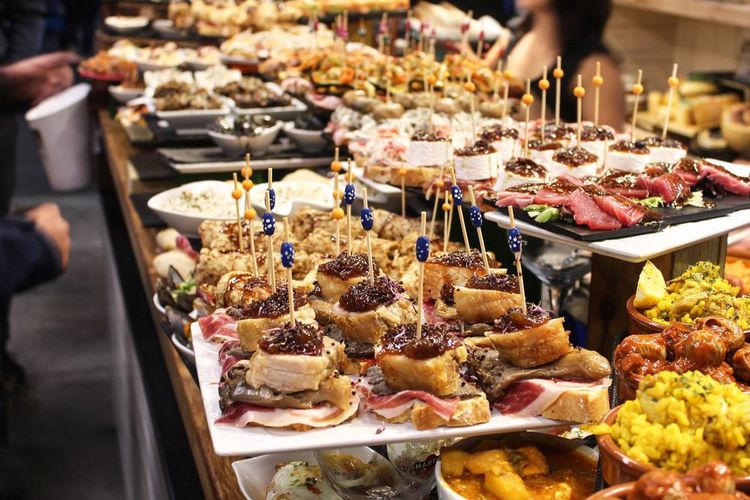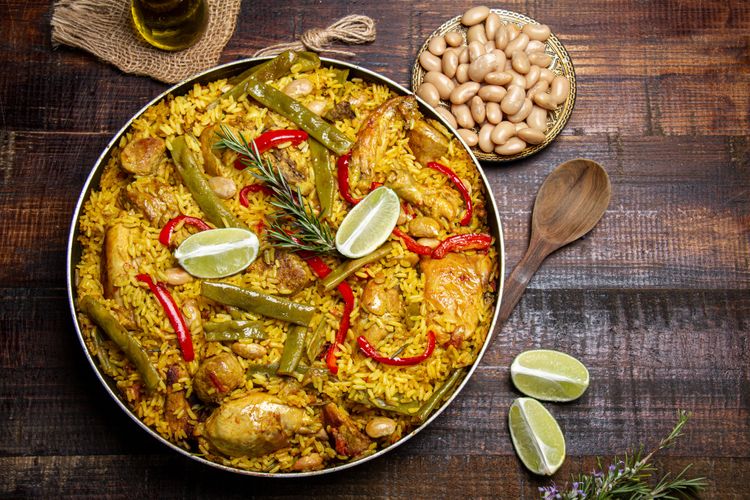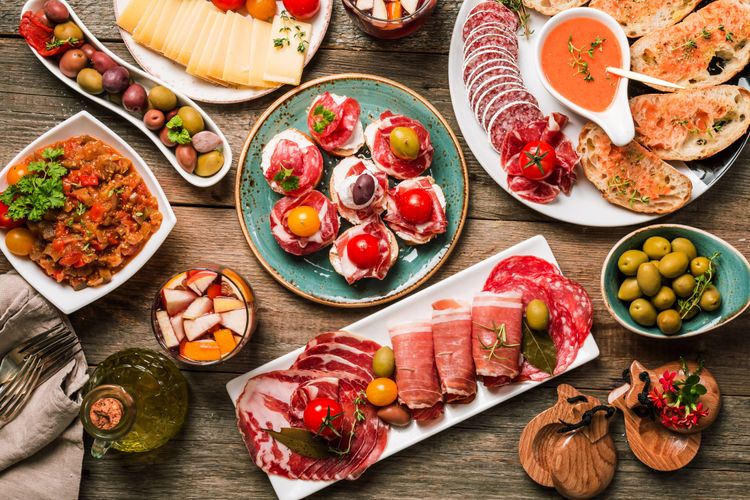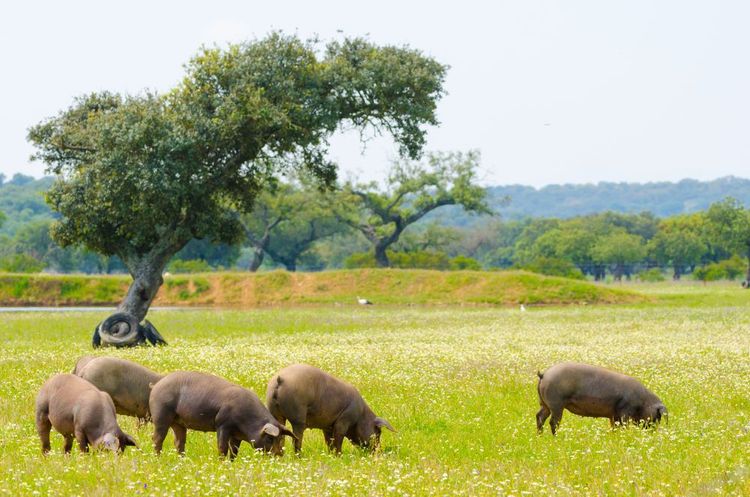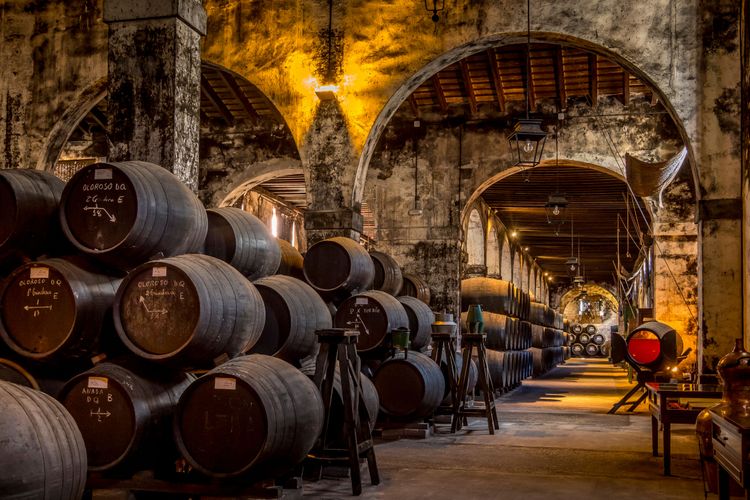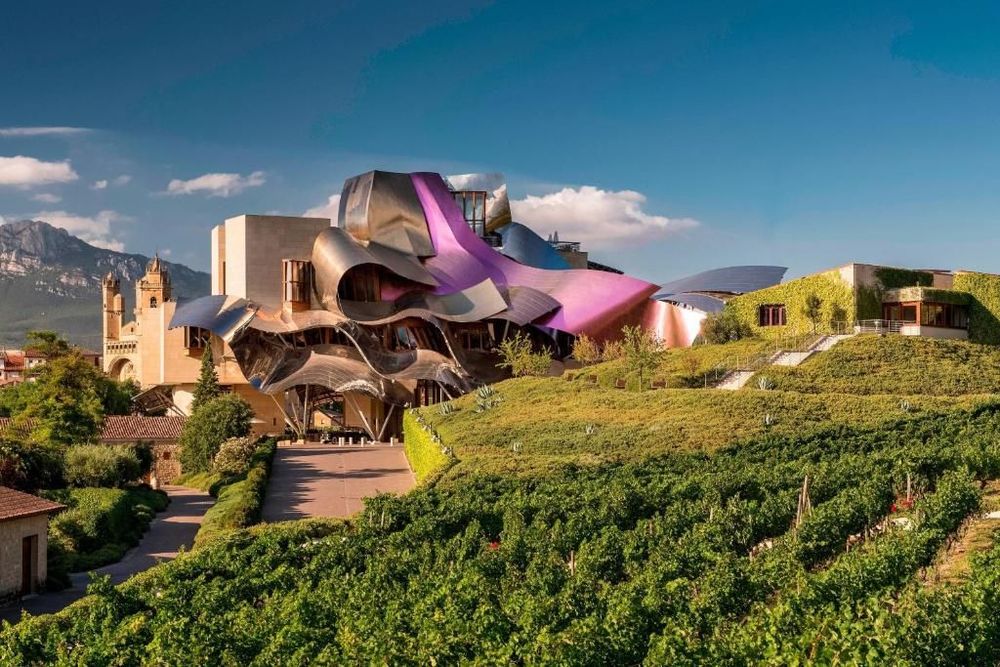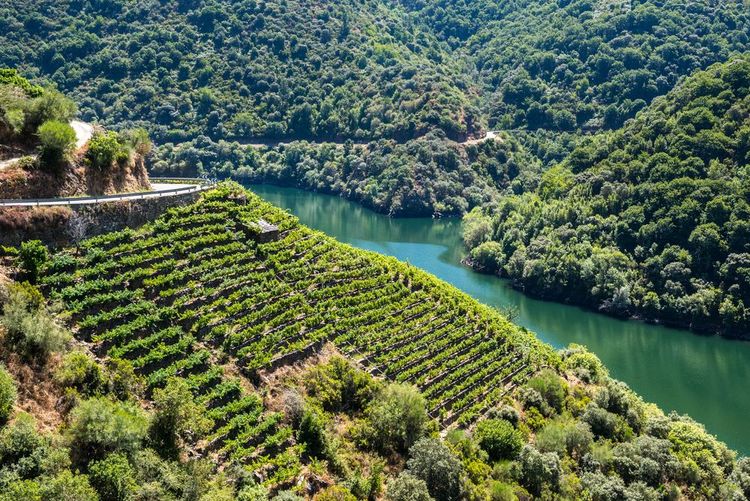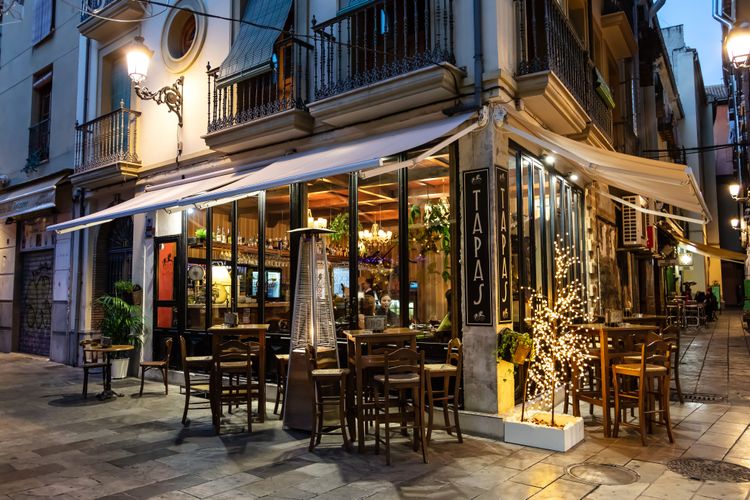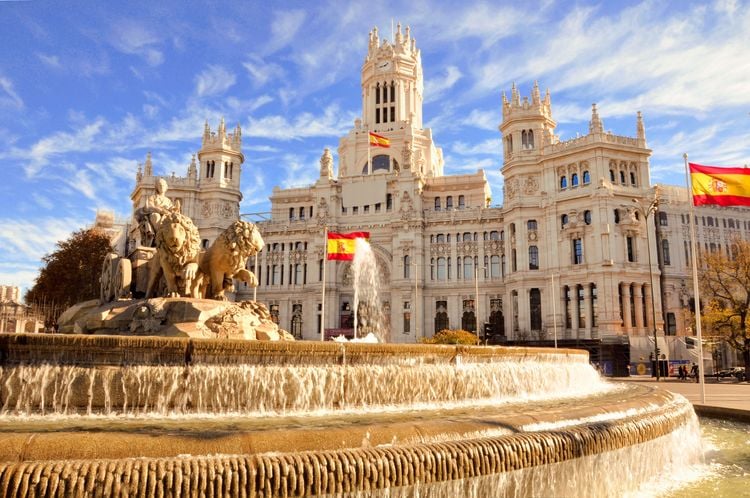Whichever city you choose, tapas bars with hanging Iberian hams await you on every street corner in Spain! As an added bonus, you can enjoy a tasty cold beer for less than a euro, accompanied by delicious pata negra, octopus, squid, cheese, bread toasted with olive oil and fresh tomato, or croquetas, gambas, bull tail... the list is endless! All in a typical, friendly setting, and at low prices! Here are just a few of them.
 Valencia
Valencia
